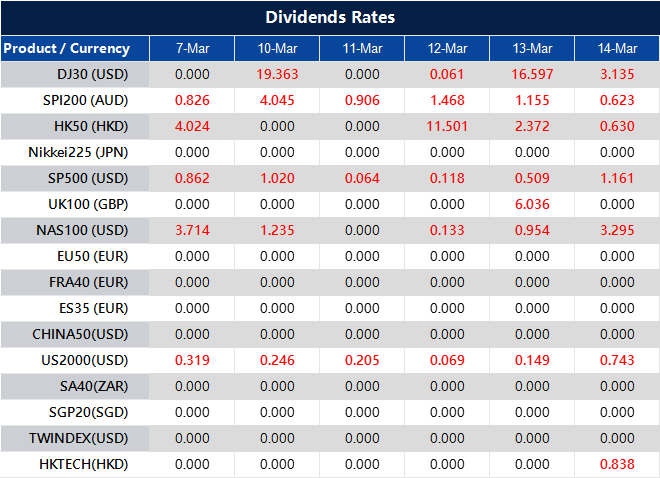The Japanese yen strengthened today as Japan is likely to officially announce an end to deflation, with USD/JPY falling to around 147.40. This movement impacted the Australian and New Zealand dollars negatively.
In trade developments, the US postponed tariffs on Mexico and New Zealand, prompting Canada to delay its second wave of tariffs while maintaining the first wave.
Raphael Bostic, President of the Federal Reserve Bank of Atlanta, spoke about the importance of clarity before moving interest rates, suggesting a preference for patience over pre-emptive action.
China Trade Data
China’s trade data showed a decline in exports, and February’s inflation data is expected to be released this weekend.
The yen’s appreciation signals a reversal of long-standing monetary conditions in Japan. For years, policymakers battled weak inflation, employing aggressive stimulus measures. Official recognition that deflation has ended strengthens expectations of policy tightening. A stronger currency impacts trade, weighing on exports. This shift affects broader currency markets, pressuring currencies tied to risk sentiment. The Australian and New Zealand dollars, sensitive to shifts in global trade and interest rate dynamics, reflected this adjustment.
Tariff changes introduce volatility for businesses relying on predictable trade policies. The US government’s delay in imposing duties on Mexican and New Zealand goods eases immediate concerns for exporters. Canada’s response—pressing forward with initial measures while pausing further tariffs—adds a layer of complexity. Companies adjusting supply chains now face uncertainty regarding future costs. Markets tend to react swiftly to policy signals, and adjustments in trade policy can force shifts in pricing, impacting profit margins.
Federal Reserve Outlook
Bostic’s comments reinforce the Federal Reserve’s stance on caution. He reiterated the need for clear data trends before adjusting interest rates, rejecting any urge for hasty moves. Investors looking for faster shifts in policy may be disappointed, while those wary of rapid rate changes find reassurance. The emphasis on patience supports stable borrowing conditions in the short term. This outlook influences expectations in fixed-income markets, with traders reassessing their positions based on the likelihood of extended steady rates.
China’s export data confirms pressure on global trade. Demand for Chinese goods declined, highlighting weaker consumption abroad. Supply chains remain under strain, particularly with global shipping routes still facing disruptions. February’s inflation print, due this weekend, may add further weight to the outlook. With past inflation surprises influencing monetary policy expectations, any deviation from forecasts could drive currency and commodity price adjustments.
These conditions shape decisions in weeks ahead. Markets react to policy shifts, economic data, and trade measures, with each development feeding into pricing mechanics. Opportunities appear where expectations diverge from reality, while misjudging policy moves invites risk.
Create your live VT Markets account and start trading now.









